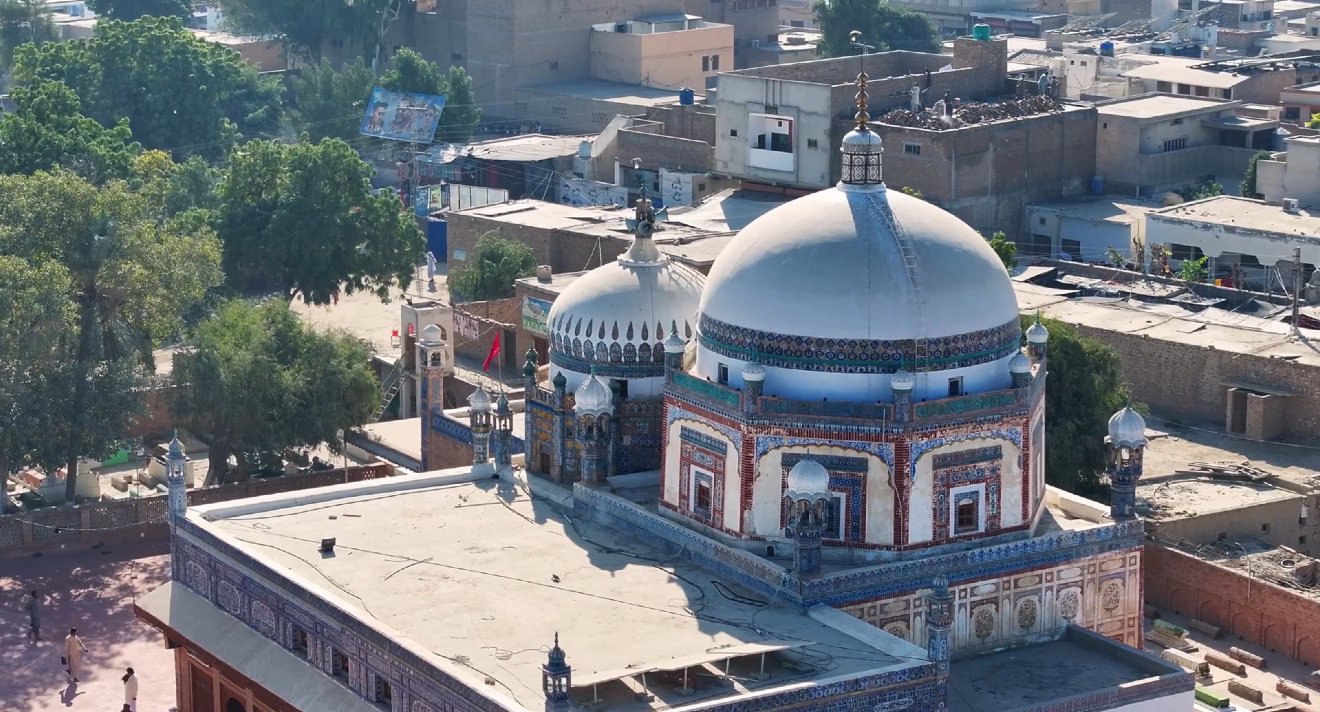As part of our ongoing effort at Saraiki.org to document, preserve, and share the diverse layers of Saraiki culture, we recently visited Kot Mithan—also known as Mithankot—the final resting place of Hazrat Khawaja Ghulam Farid. A name inseparable from the cultural and literary identity of the Saraiki belt, Khawaja Ghulam Farid’s presence continues to shape the consciousness of the region even in contemporary times.
This portrait series captures the faces of Kot Mithan—young and old—each reflecting the quiet resilience, pride, and depth found within the people of this town. Taken at and around the resting place of Khawaja Ghulam Farid, these images are not staged or stylized. They represent ordinary individuals in their everyday expressions, gestures, and appearances—carrying forward centuries of tradition, belief, and lived experience.
A striking visual element that appears throughout this post is the presence of a particular shade of red—seen in scarves, turbans, and shawls. This red, worn by many in the portraits, adds more than color to the frame. It symbolizes the vibrancy and rootedness of a community that has preserved its customs despite generational shifts. The red does not represent a single meaning—it simply exists as part of the lived visual culture of the region, observed and documented here without interpretation or embellishment.
This post is not meant to romanticize or dramatize. It is a quiet observation—a respectful look at a people, their space, and their connection to a figure who still echoes in their language, music, and daily life. By ending the post with a visual of Khawaja Ghulam Farid’s resting place, we aim to connect the visible faces of today with the legacy that continues to inspire them.
This is one part of a broader effort to present the Saraiki region not as an abstract idea, but through the lived realities of its people and places—honestly, clearly, and with care









Leave a Reply